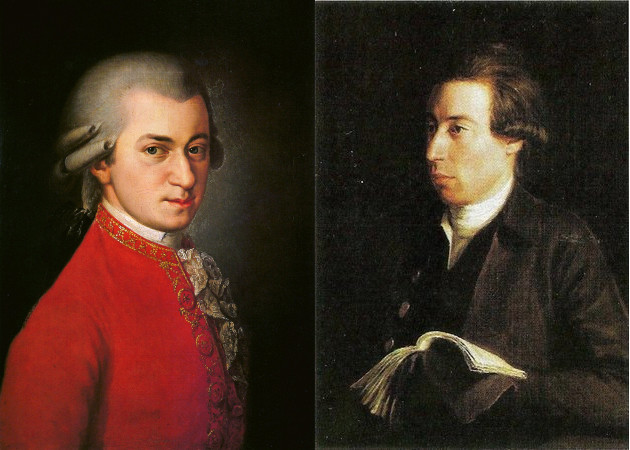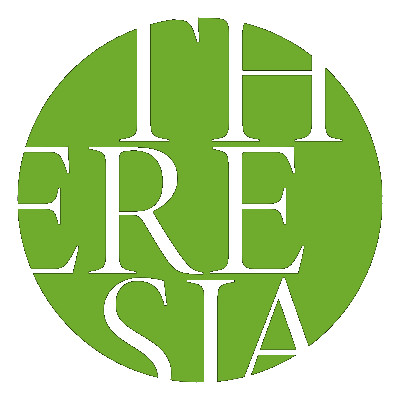
In our next concerts, we’ll perform music both by Kraus, one of our favourite composers, and by Mozart
Theresia’s fans know it: we love Joseph Martin Kraus, and we have a special chemistry with this composer. His music is surprising, his life is fascinating. Plus, there’s one particular oddity that makes him a bit more special: Kraus was born the very same year as Mozart (1756) and died just one year later (1792). This is the reason why he is called “the Swedish Mozart”, or “the Mozart from Odenwald”. Yet, his music is not as worldwide renowned as Mozart’s. One may think this is partly because he spent almost his entire professional life in Stockholm, as Kapellmeister of the King of Sweden.
Kraus was born in Miltenberg am Main, Germany. His parents wanted him to become a lawyer, and he matriculated as a student of law at the University of Mainz in 1773. But he managed to change his destiny, moving to the University of Erfurt, where he could study music too. Anyway, he continued to be a law student, eventually in Gottingen, where he came into contact with new “Sturm und Drang” ideas, which influenced both his writing and his music.
Encounters can determine our fate, and so it was with Kraus too: in Gottingen, he had become friendly with a Swedish fellow student, Carl Stridsberg. He persuaded Kraus to accompany him to Stockholm to apply for a position at the court of King Gustav III. After three years of misery, King Gustav III eventually noticed him: Kraus wrote the music for the opera “Proserpin”, which was successfully premiered at Ulriksdal Palace on 6 June 1781, before the King and the royal household. Kraus was appointed vice-Kapellmeister of the Royal Swedish Opera and director of the Royal Academy of Music.
It was the long-awaited breakthrough. Dizzy with the success, Kraus wrote to his parents:
“Immediately after the music ended, the king talked to me for more than a quarter of an hour … it had simply given him so much satisfaction. Yesterday I was engaged by him. Of course, I was not granted any great title, but quite simple that of Kapellmeister. What is worth much more to me than 600 guilders is the favour I have been granted, which is that I am to undertake a journey to Germany, France and Italy at the King’s expense.”
Gustav III sent Kraus on a Grand Tour of Europe that lasted five years, to learn all he could about Theater abroad. On this trip, Kraus met Christoph Willibald Gluck, Johann Georg Albrechtsberger, Padre Martini and Joseph Haydn. In 1773 Kraus was in Vienna, where he wrote the C minor Symphony VB 142: the minor key and the mood of Symphony VB 142 seem to be reminiscent of Haydn’s Sturm und Drang period around 1770. It is believed that Kraus wrote this Symphony for Haydn. And we know for sure that Haydn had a very high opinion of the work; as a matter of fact, many years after Kraus’s death, Haydn remarked to a common friend, Swedish diplomat Fredrik Samuel Silverstolpe:
“The symphony he wrote here in Vienna especially for me will be regarded as a masterpiece for centuries to come; believe me, there are few people who can compose something like that.”
What else happened in Vienna? Somewhere else in this blog we wrote about the mystery of the meeting of Kraus and Mozart: nobody really knows if they actually met. Yet, we can imagine it, and, moreover, we can enjoy a sort of virtual and contemporary encounter playing their composition.
Theresia will perform Kraus’ Symphony in c minor VB 142 and Chaconne from “Aeneas i Cartago” VB 23 together with Mozart’s Overture from “Le Nozze di Figaro” KV 492 and Symphony n. 35 in D major “Haffner” KV 504. Theresia will perform under Claudio Astronio’s baton on the 8th June in Malborghetto and the 9th June in Udine, as a guest of the “Risonanze” Festival.


